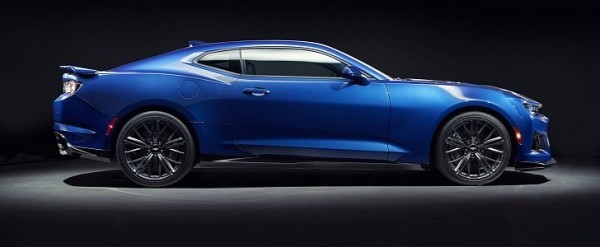
Another downside to the Camaro going right-hand drive is output. The ZL1 loses 10 horsepower in this specification without any modifications to the powertrain. So how is this even possible? According to HSV, they’ve rated the Camaro ZL1 in accordance to the European ECE R24 standard for measuring net horsepower, thus resulting in 640 horsepower.
Adding to the confusion, most of Europe uses the DIN horsepower which is measured in PS, a metric unit that comes from the German word Pferdestärke. Over in Australia, make that kW because the world works in mysterious ways. In regards to torque, 881 Nm (650 pound-feet) is enough to roast the rear tires of the ZL1 at the simplest touch of the loud pedal.
“As a brand synonymous with higher performance, these numbers are sure to inspire General Motors, HSV, and performance enthusiasts alike,” said Tim Jackson, managing partner of Holden Special Vehicles. “It truly is an exceptional vehicle and everyone at HSV is excited that production has finally begun,” he concluded.
The LT4 engine in the Camaro ZL1 is more or less the same Chevrolet uses in the Corvette Z06. But starting with the C8, the 'Vette is expected to drop the supercharging in favor of turbocharging. The LT2 will be the entry-level engine choice with natural aspiration, then Chevrolet is supposed to introduce a twin-turbo V8 related to the Blackwing from Cadillac.
Given the age of the LT1 in the Corvette Stingray and Camaro SS, the LT2 could be introduced to the latter at some point in the near future.








